Sapa Trekking? A visit to Vietnam is not complete without a stop in the beautiful Sapa (Sa Pa) district of the Lao Cai Province. Sapa is home to the 3,143 meters high Mount Fansipan, dubbed the roof of Indochina, and the valleys invite you to go trekking through the endless ricefields Sapa is known for. In this blog post we discuss everything you need to know about your Sapa trek and climbing Fansipan. Get answers to questions like how long, what to wear, and very important, what about the weather
Sapa, actually Sa Pa, is the capital of the district of the same name in Vietnam's north-western border province of Lao Cai. It is an important market town in this area, with significance for the Hmong, Red Dao and Tay mountain tribes living in the area. The region is home to about 38,000 inhabitants who, before the 90s, predominantly made a living from agriculture. In the 90s, however, more and more (local) tourists came to visit the area, paving the way for a vibrant tourism industry today.
The area attracts a lot of people who are spicing up their Vietnam travels by going trekking through the ricefields. Organized trekkings in a group are the standard in the Sapa Region. Because trekking in Sapa doesn’t require a lot of experience, anyone will be able to join. If you want to beef it up a bit, you should consider doing the trek to on Fansipan Mountain. At 3.134 meters, Mount Fansipan is the highest peak in Cambodia, Laos and Vietnam combined. This is why Fansipan is dubbed the “The Roof of Indochina”.



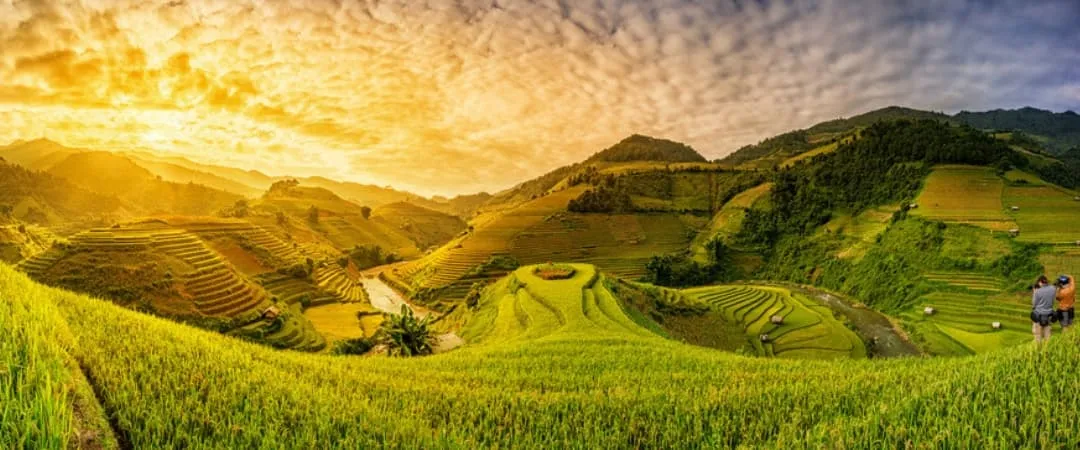
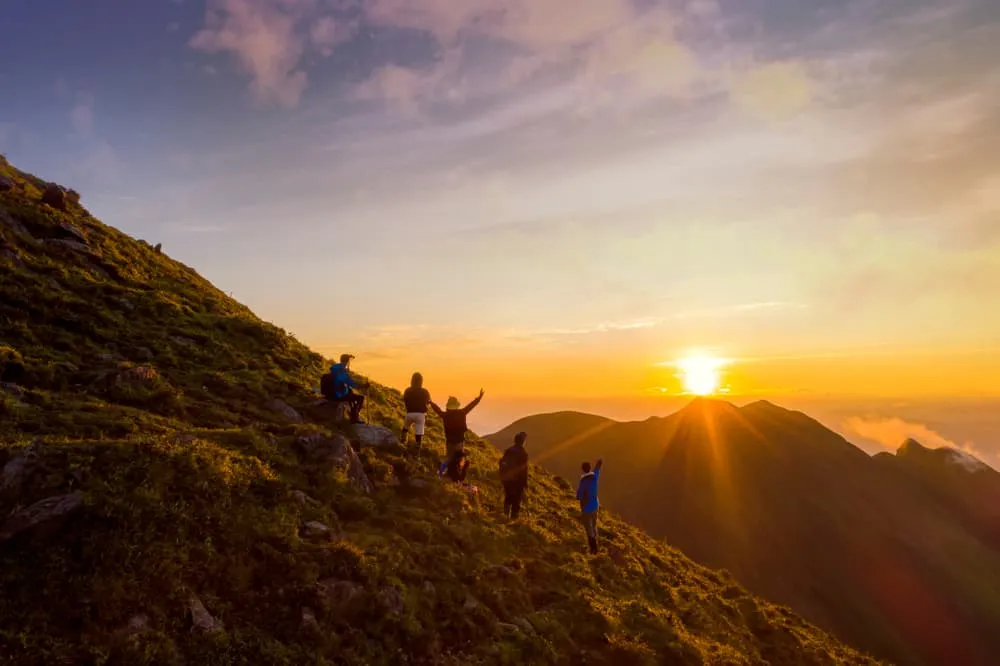

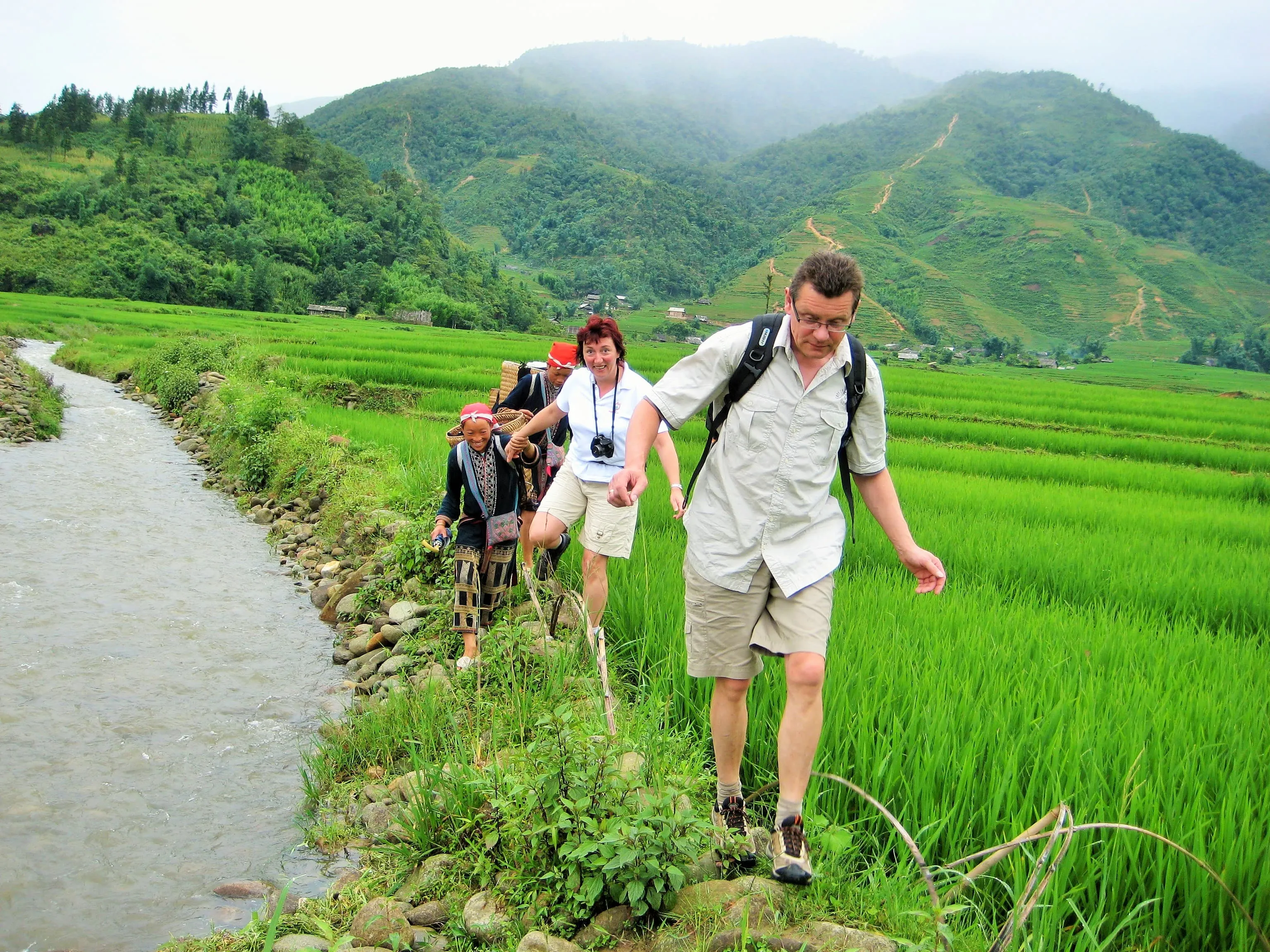
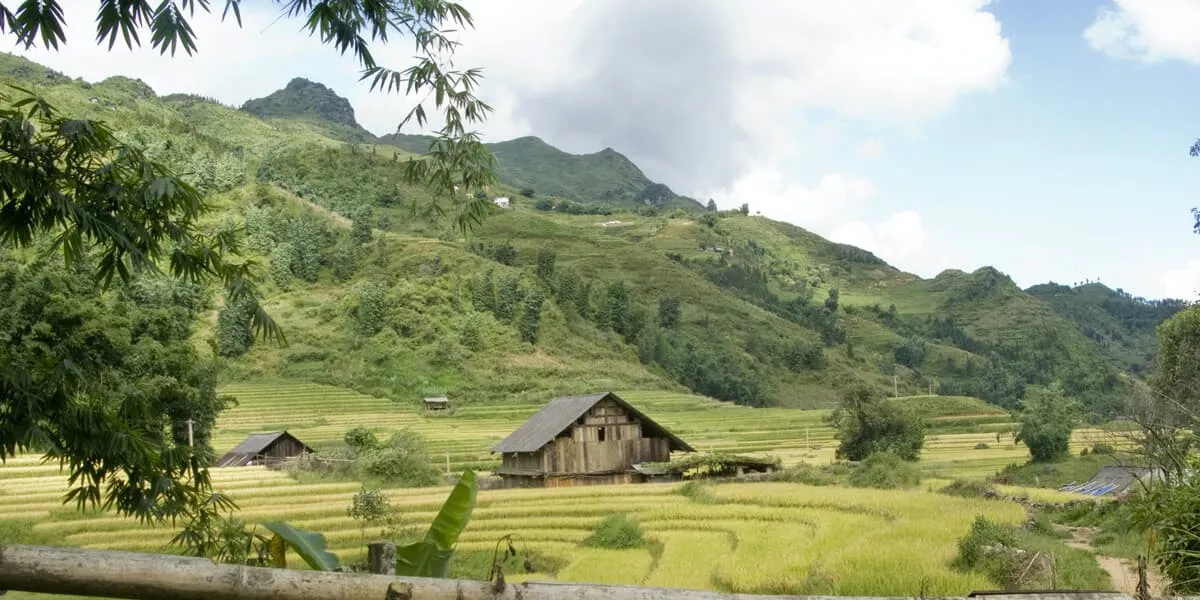
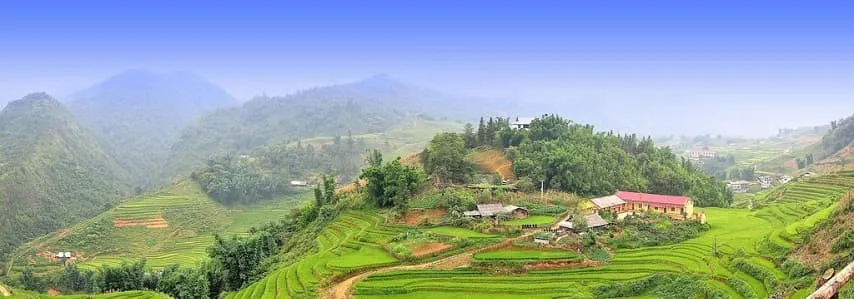
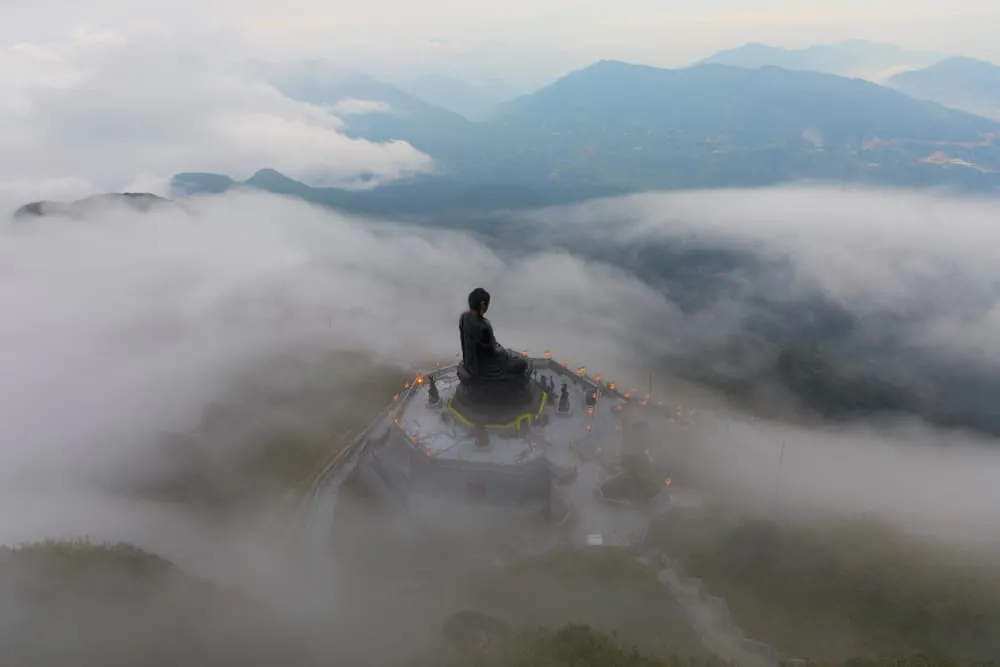
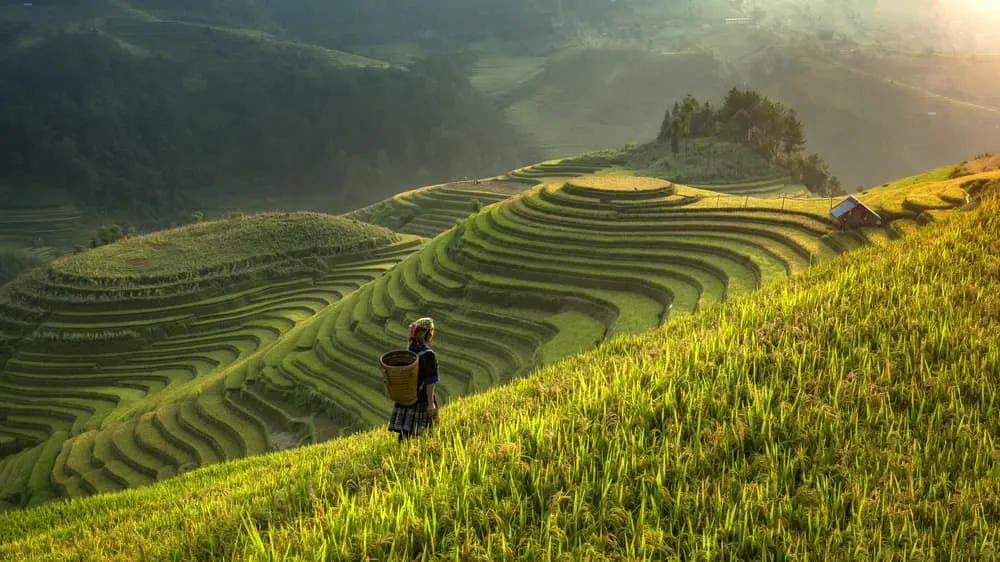


Comments